Yet another picturesque subalpine glacial valley carved into the western slope of the Sierra Nevada, Mineral King Valley is the last stop along its namesake road in Sequoia National Park. The valley drains the headwaters of the East Fork of the Kaweah and backs up to the colorful Sierra and the Great Western Divide at its head.
The access point to a handful of trailheads leading up to the lakes, passes, and peaks of the surrounding high country, Mineral King is a popular recreation area for hikers and backpackers exploring the southern portions of the park from late spring to early fall. Mineral King offers a spectacular, verdant explosion in spring and early summer and a brilliant foliage display in fall led by the quaking aspen inhabitants.
Incorporated into the park only quite recently, the scenic valley and surrounding mountains holds both an interesting and at times contentious environmental history. Mineral King derives its name from the high aspirations of early miners who hoped to strike it rich after discovering precious minerals in the surrounding mountains in the late 19th century. Silver was discovered on the slopes above the valley and mining camps sprung up to include what is now the small resort of Silver City (a recommended stop for a hearty meal and slice of pie on your way in or out of the wilderness). These old settlements are the legacy of the miners in the area, as are the mines speckled among Mineral King’s hills; remnants of mine shafts can be found on the slopes above the valley.
Mining ended in the early 20th century after proving unprofitable, and outdoor recreation became the focus of the valley to such a great extent that Walt Disney Company proposed to build California’s largest ski resort development there in the 1960s. The resort was slated to be built but was hung up in years of legal battles spearheaded by the Sierra Club and other preservationist groups. The environmentalists eventually won out and, to the benefit of all, Mineral King was integrated into the park in 1978.
Today, Mineral King Valley is home to three major trailheads and a handful of other trails, two campgrounds, and a summer-run ranger station. Sawtooth Trailhead, Franklin Trailhead and Eagle-Mosquito Trailhead host trails leading up steep grades into the peak-studded and lake-rich alpine. Mineral King is well known for providing access to the taxing Sawtooth Pass Trail and the castle-like surroundings of Columbine Lake and nearby Sawtooth Peak, a coveted climb for peak baggers to the area. A variety of multi-day backpack loops are possible via Sawtooth Pass, Glacier Pass, and Franklin Pass. Or you can keep things within the valley itself and simply enjoy dayhiking up to Monarch Lakes, Crystal Lake, and Mosquito Lake while camping at Cold Springs or Atwell Mill Campgrounds.
Some important notes about Mineral King:
• Mineral King road, which provides access to Mineral King Valley, is typically open between end of May through October. Check the park's road conditions page for status. The road is in relatively poor condition but does not require a four-wheel drive vehicle. Expect plenty of twists and turns.
• Backcountry permits and bear canisters are required for overnight trips in Sequoia National Park. Both are available at the Mineral King ranger station during peak months (June through September). If you are heading out in spring or fall, self-issued permits can be obtained outside the ranger station, and bear canisters can be rented from numerous outdoor gear shops in Visalia, Fresno, and elsewhere. Be prepared to see rangers, as they are out and about on trails.
• Marmots have posed a serious problem for a few unlucky hikers who park their cars at Mineral King trailheads in the late spring and early summer months. They have been known to crawl up into engine compartments and chew on everything from electrical wiring to hoses, disabling some vehicles. This is thought to occur due to a lack of salt content in the Marmot’s natural food source until later in summer, and the threat seems to decrease after mid-July. To avoid this potential issue, either park your car near the ranger station a mile from the Sawtooth Trailhead (marmots seem to stay higher up the valley), or wrap the lower third of your vehicle in a tarp diaper, which helps prevent marmots from climbing into the engine compartment via wheel wells. For the latter method you’ll need a tarp large enough to allow you to drive onto it; you then wrap the tarp above the wheel wells around the entire vehicle. Secure in a diaper fashion with lanyard or rope.

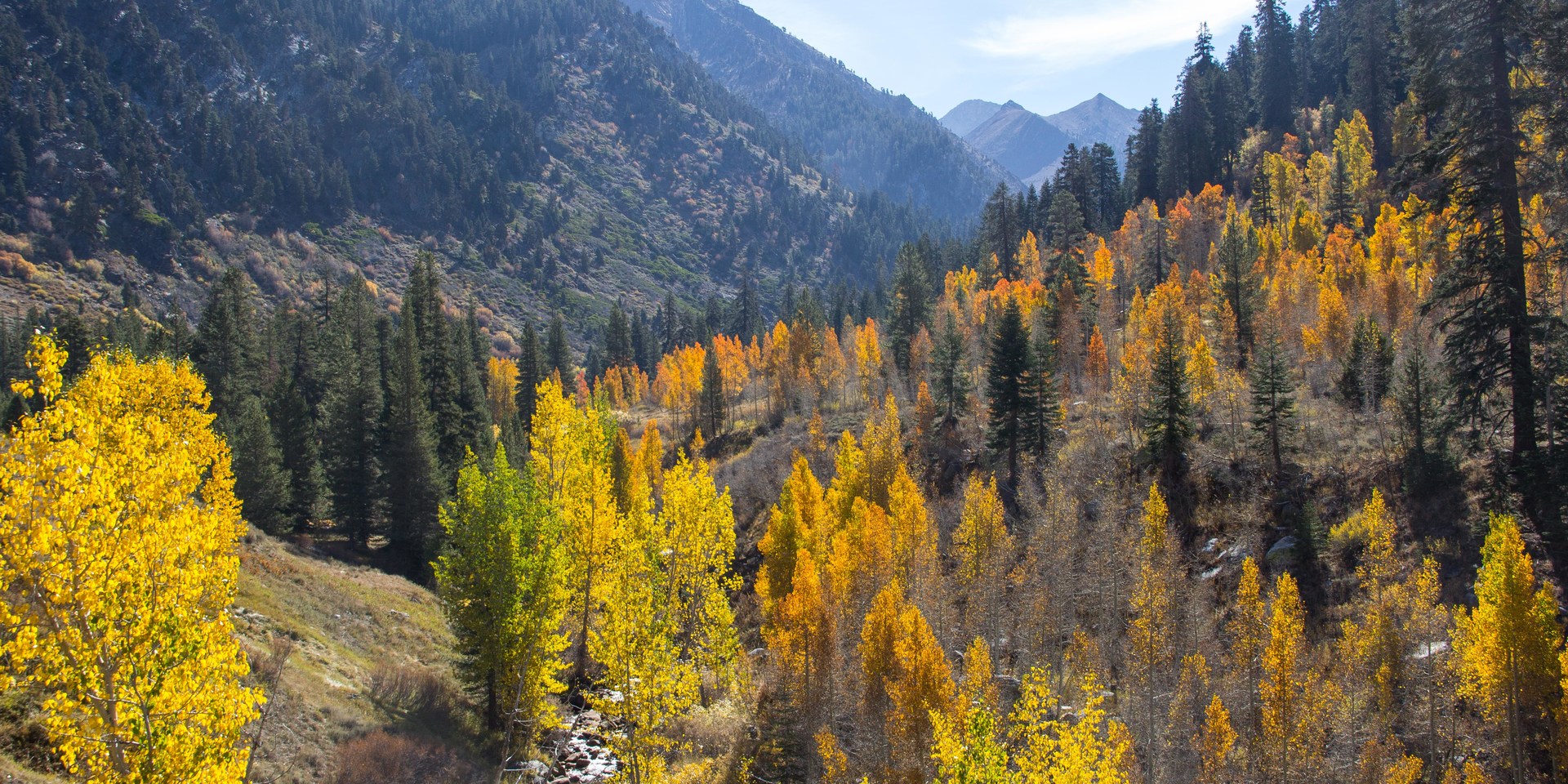














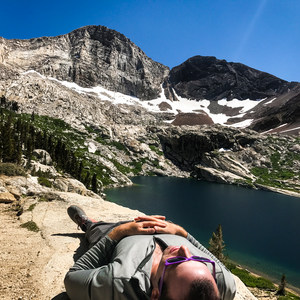

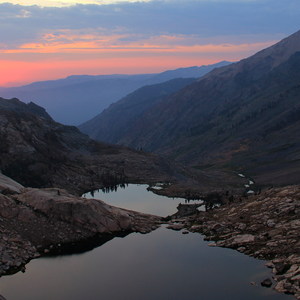
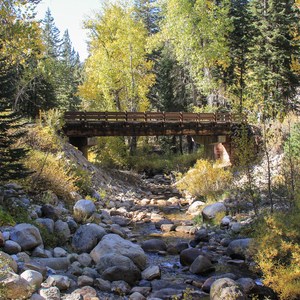

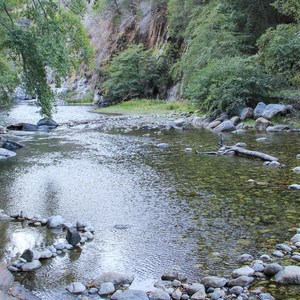



Comments
Sign In and share them.